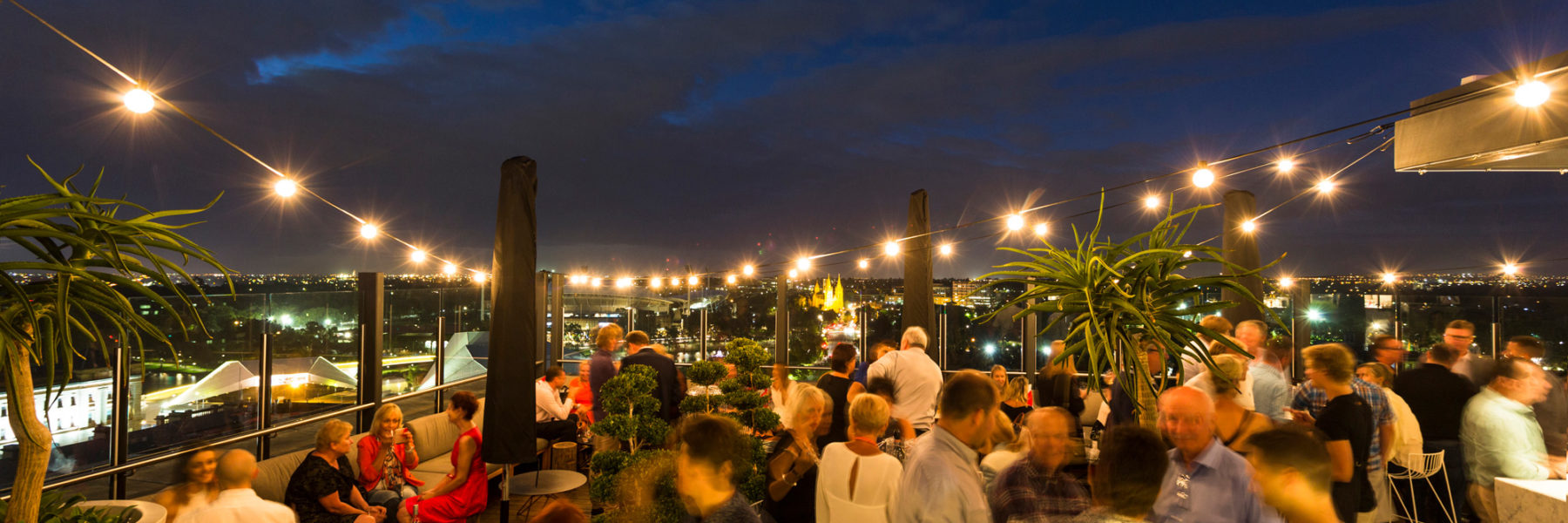Unlocking the Economy
Greater Adelaide is South Australia’s engine room, contributing more than 80% of Gross State Product. The patterns of production and employment are changing, with the services, information and communications technology, and retail and commercial sectors replacing manufacturing as key economic drivers. The structure of our city and its transport system will need to respond to these changes.
Knowledge-intensive activities predominantly agglomerate in the city and to a lesser extent in other employment centres. This means that our employment areas need to be more flexible, we need to locate more housing in close proximity to the city and activity centres, and better utilise public transport connections to link people with jobs. There has been substantial growth in new industries such as renewable energy, education and clean technology. There is also enormous potential for our premium food and wine production to grow. To enable this, we need to create conditions that better support primary production and related agri-business investment and development.
The planning system has an integral role in enabling private-sector planning decisions in relation to commercial, retail and industrial development and therefore can influence economic outcomes and employment growth. For Adelaide to be competitive in a global economy we must stimulate this new economy by removing unnecessary red tape to business growth, accelerating approvals processes and ensuring that regulations support opportunity.
The following actions will be undertaken in 2017/18 to help meet this policy area:
| Ref | Actions | Key milestones | Policy Themes | Other Targets | Other partners | Timing FY | Milestone progress |
|---|---|---|---|---|---|---|---|
| A4 | Rezone strategic sites to unlock infill growth opportunities that directly support public transport infrastructure investment. | Undertake the Port Adelaide Centre Renewal Part 2, Southern Innovation and Kilburn Blair Athol Urban Renewal (Stage 1) amendments. |
| 1, 2 | Councils | Q2 | Complete |
| A24 |
Develop guidelines and accompanying planning policies for employment lands (including industrial, defence and agri-business uses) to identify those areas that:
| Respond to this action in the Policy Theme Papers that will inform the Planning and Design Code |
| 1, 3, 4, 6 | Councils | Q2 | Project Scoping |
| Develop a strategic land-use framework for the long-term operation of the port infrastructure and facilities at the Port of Adelaide. | Councils | Q4 | In progress | ||||
| A40 | Master plan strategic employment lands (such as Port Stanvac) to secure their future and to maximise community benefit. | Investigate a master plan for Port Stanvac |
| Key agencies | Q4 | Project Scoping |
The following investigations will be undertaken in 2017/18 to investigate how to best measure the economy:
| Ref | Actions | Key milestones | Timing FY | Status |
|---|---|---|---|---|
| A39 | Undertake a bench-marking process for the underlying assumptions and analysis of retail and industrial employment land supply. | Undertake scoping and prepare work plan that considers opportunities and constraints | Q4 | In progress |
| A41 | Investigate the development of an economic monitoring indicator which has a land-use planning base. | Project scoping | Q4 | Project scoping |






